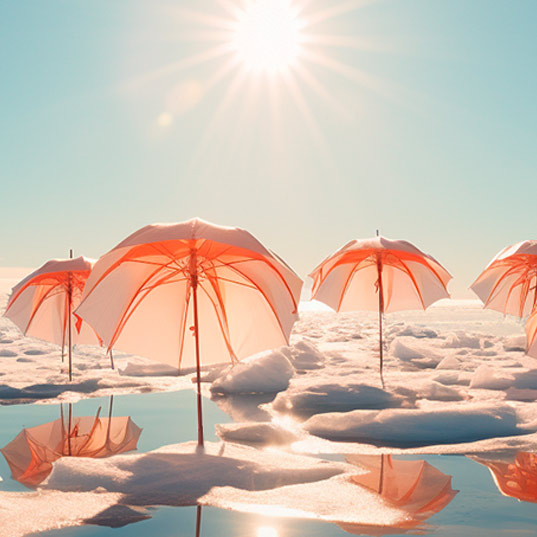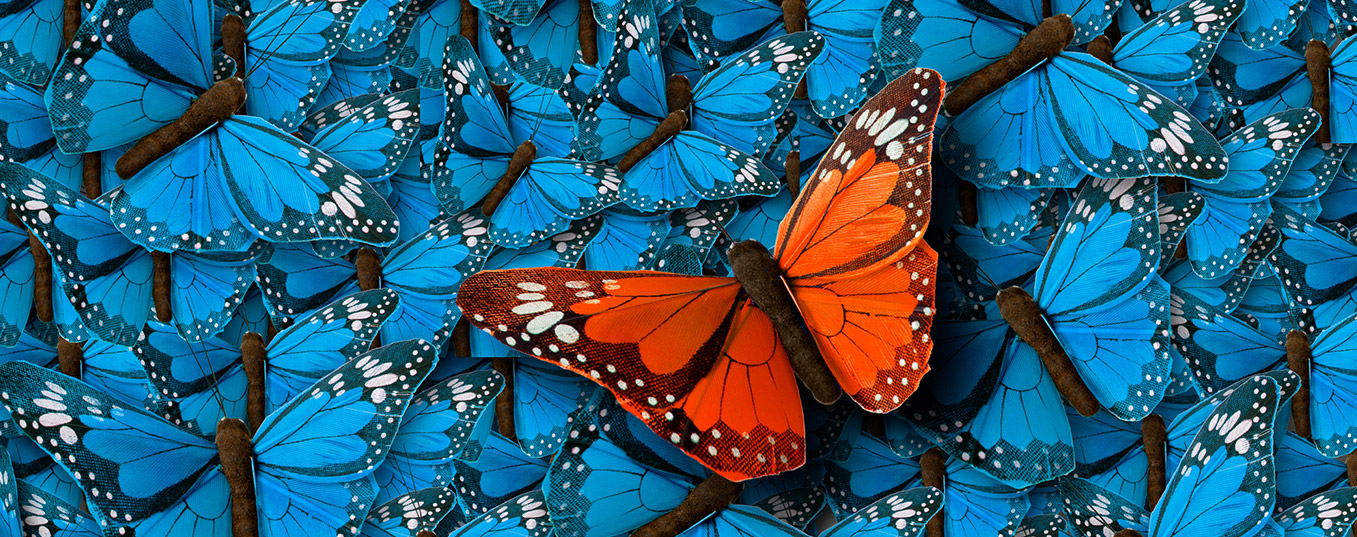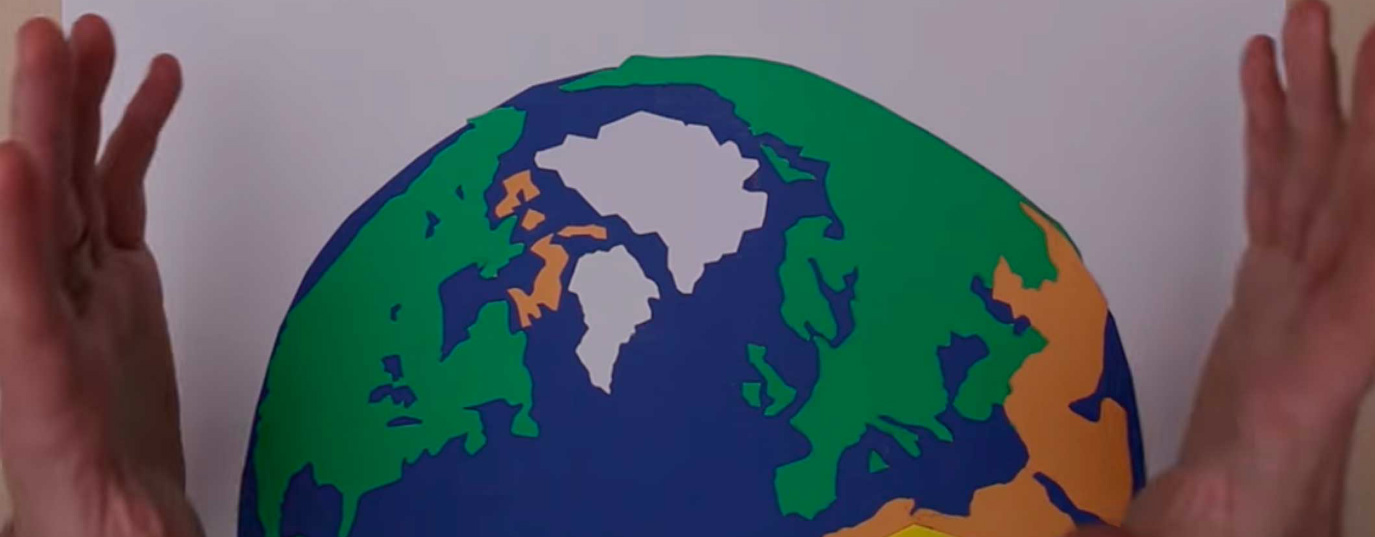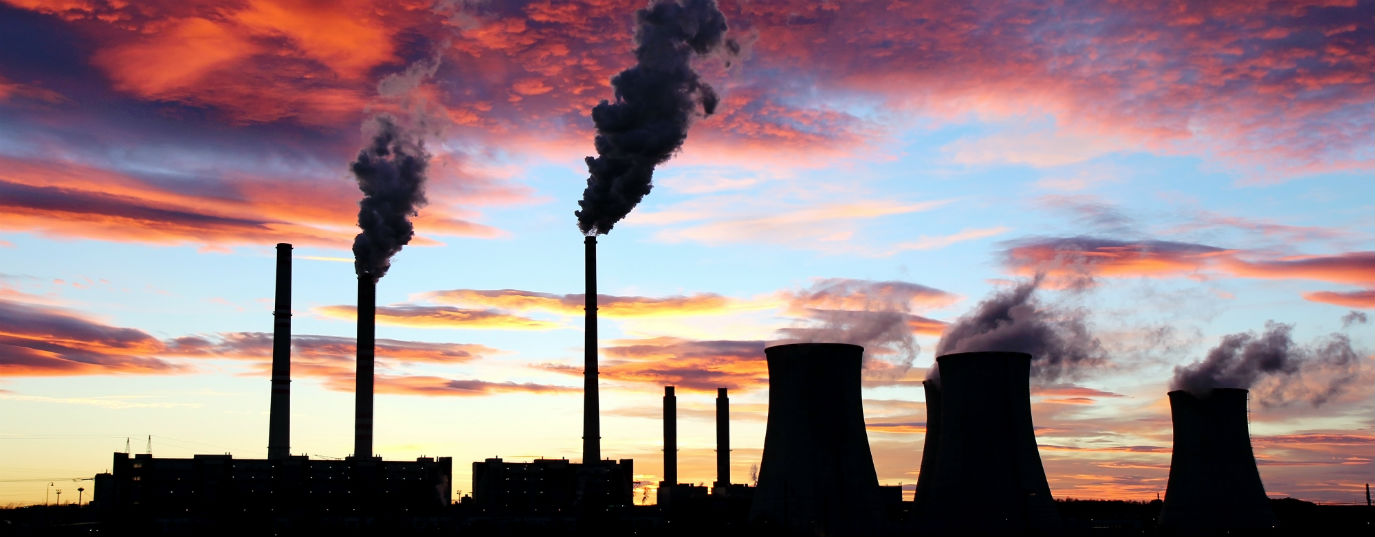A Noah’s Ark for agriculture: the world seed bank for saving biodiversity
The icy Norwegian mountains are home to a world seed bank, a new Noah’s Ark containing a back-up of all the planet’s edible plants.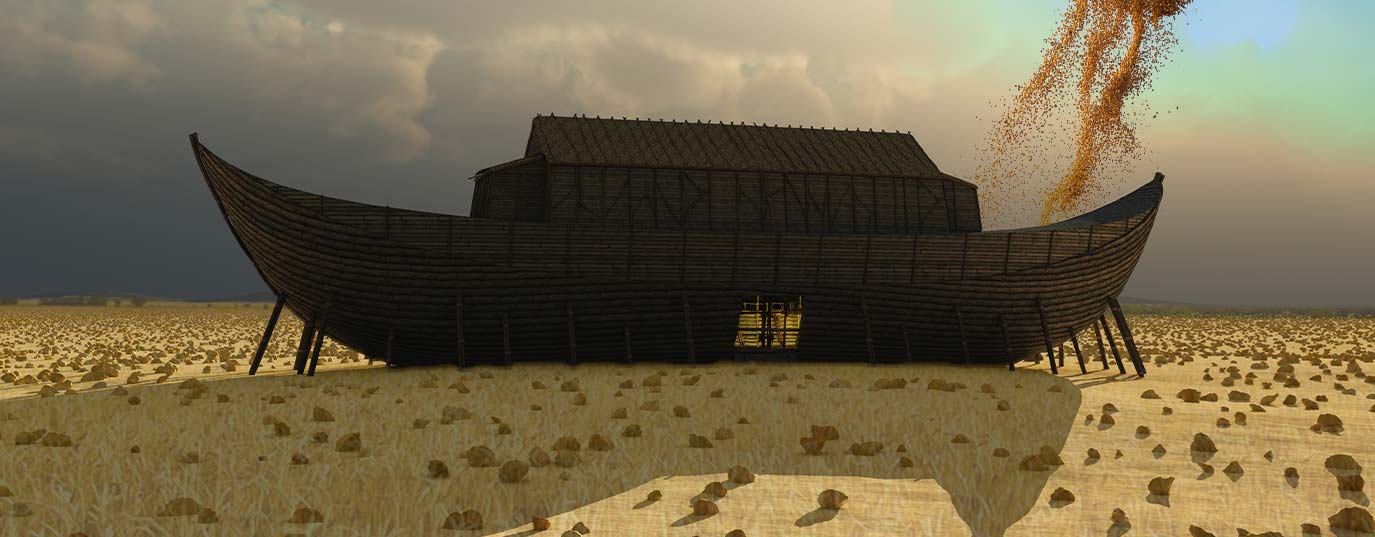
What does the most important bank in the world safeguard? Millions of dollars? Gold ingots? Nowhere near. It protects biodiversity and one of our most precious treasures: a collection of all the planet’s seeds.
What will I learn about in this article?
A Noah’s Ark to save farming
The Bible tells Noah’s story in the book of Genesis. An episode in which God, angered by how humans are behaving towards one another and to the Earth, decides to flood the planet. Noah is the only person God warns about this, and He orders him to build a big Ark to save his family, as well one pair of every animal species.
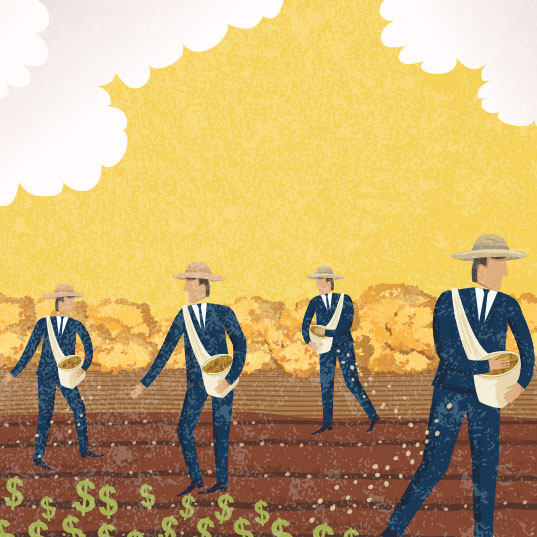 The end of the world has arrived, but, thanks to Noah’s Ark, the planet gets a second chance. Emulating the Biblical story, the world seed bank, also known as the Svalbard Vault, came to be. This plant version of Noah’s Ark lies near the North Pole. Its mission is to preserve our precious grains in case of catastrophe.
The end of the world has arrived, but, thanks to Noah’s Ark, the planet gets a second chance. Emulating the Biblical story, the world seed bank, also known as the Svalbard Vault, came to be. This plant version of Noah’s Ark lies near the North Pole. Its mission is to preserve our precious grains in case of catastrophe.
The world seed bank is a project overseen by the Food and Agriculture Organization (FAO) of the United Nations, the Global Crop Diversity Trust (Crop Trust), the Bill and Melinda Gates Foundation, and the Norwegian Government.
Those traveling to the Norwegian archipelago where it’s located can see a large concrete vault jutting out from the snow of an ice-covered mountain, a structure that could grace any action film where the villain bases himself in the most inhospitable place on the planet. The nearest settlement to the bank is , Longyearbyen, the world’s most northerly town.
A huge iron door and three chambers, kept at a constant -18°C, protect the great treasure inside this, humanity’s seed memory bank, a global agricultural biodiversity security center with imposing views of the Longyearbyen fjord.
The bank was built is such a remote place because it is the region with the least seismic activity in the world. Should a cataclysmic global event occur, with luck the low temperatures will preserve the seeds even without electricity. Despite its remoteness, though, the nearby port and airport would ensure a swift reaction if ever there were problems at the Vault.
The bank of a million seeds
The seed bank, operational since 2008, already conserves more than one million species distributed across some 90 depositories, some of which are owned by countries and conservation institutions.
Its objective? To protect them from natural disasters, as well as other climate change effects which could destroy crops or endanger our food chain.
“This seed bank, operational since 2008, already conserves more than one million species”
The idea is that all the seeds that enter the bank stay here for hundreds of years. As such, the people who work to safeguard the planet employ rigorous methodologies for the conservation of plant species in a fully controlled environment.
As in a bank vault, strict security measures are in place at Svalbard. Only the owners of the seeds can reclaim them - and no one else has access to the stored material.
And, as with many things in life, not all governments trust handing over their plant heritage to the repository - and many are not planning to for the time being. But, in some cases, the depositors have contributed gene banks uniting seeds from different parts of the world, even if the countries where they are indigenous haven’t charged their custody to the vault.
Since its creation, Svalbard Vault has only once appealed for seeds and this was to regenerate samples from ICARDA, the International Center for Agricultural Research in the Dry Areas, the Aleppo headquarters of which was destroyed in the Syrian War.
Climate change is endangering agricultural production
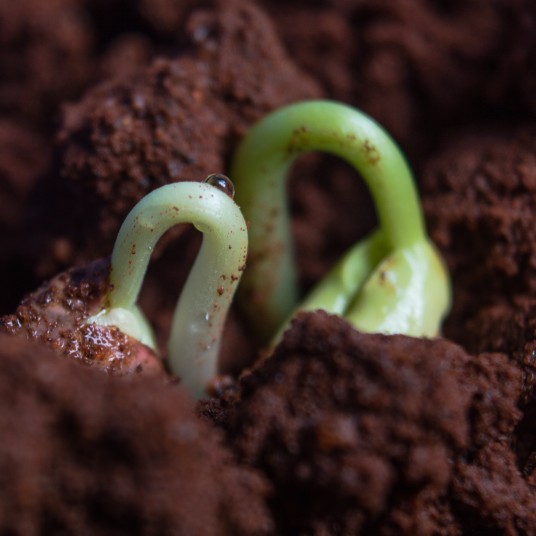 The need to create a world seed bank is yet more evidence that agriculture is suffering due to global warming. As stated in the latest report by the IPCC, the Intergovernmental Panel on Climate Change, the loss of crop output will affect all continents and will be caused by a combination of heat, drought and extreme climate conditions.
The need to create a world seed bank is yet more evidence that agriculture is suffering due to global warming. As stated in the latest report by the IPCC, the Intergovernmental Panel on Climate Change, the loss of crop output will affect all continents and will be caused by a combination of heat, drought and extreme climate conditions.
Indeed, the climate crisis has seen increasingly frequent, intense and longer-lasting heatwaves. The negative effects of these are also observed on crops and harvests. Cereal production in the European Union, for example, fell by some 7.3% between 1961 and 2018 due to heatwaves, according to the scientific review, Environmental Research Letters. More recently, heatwaves in India and Pakistan in April and May 2022 caused a decline in wheat crop productivity of between 10 and 35% in several Indian states.
“Heatwaves between 1961 and 2018 caused cereal production in the European Union to fall by 7.3%”
According to Ibrahim Thiaw, Under-Secretary-General of the United Nations Convention to Combat Desertification, in an interview with the Spanish newspaper El País, one of the ways many French farmers are acting against drought afflicting their land is to cultivate African cereals. This is the new reality: we need to adapt to climate conditions and mitigate what might be coming next. The seed bank is another such preventive measure in case things get ugly in future.
For its part, the Food and Agriculture Organization of the United Nations (FAO) estimates that more than 820 million people in the world suffer from chronic hunger today. If temperatures keep increasing, any progress we have made toward the eradication of hunger and the sustainability of natural resources will be in peril.
International organizations never tire of repeating the message: the moment to act is now. If timely measures are not taken, the story of Noah’s Ark will have to be rewritten - to focus on a global drought rather than a planet-wide flood.
Sources:
- https://elpais.com/podcasts/hoy-en-el-pais/2022-06-21/un-viaje-al-lugar-donde-se-conserva-y-se-destruye-el-planeta.html
- https://www.ngenespanol.com/el-mundo/la-nueva-arca-de-noe-guarda-las-semillas-mas-importantes-para-la-vida-en-la-tierra/
- https://elpais.com/clima-y-medio-ambiente/2022-06-17/ibrahim-thiaw-hay-que-prepararse-mejor-frente-a-las-sequias-los-agricultores-franceses-estan-cultivando-ya-cereales-africanos.html%20.
- https://elpais.com/elpais/2016/05/09/eps/1462744807_146274.html



